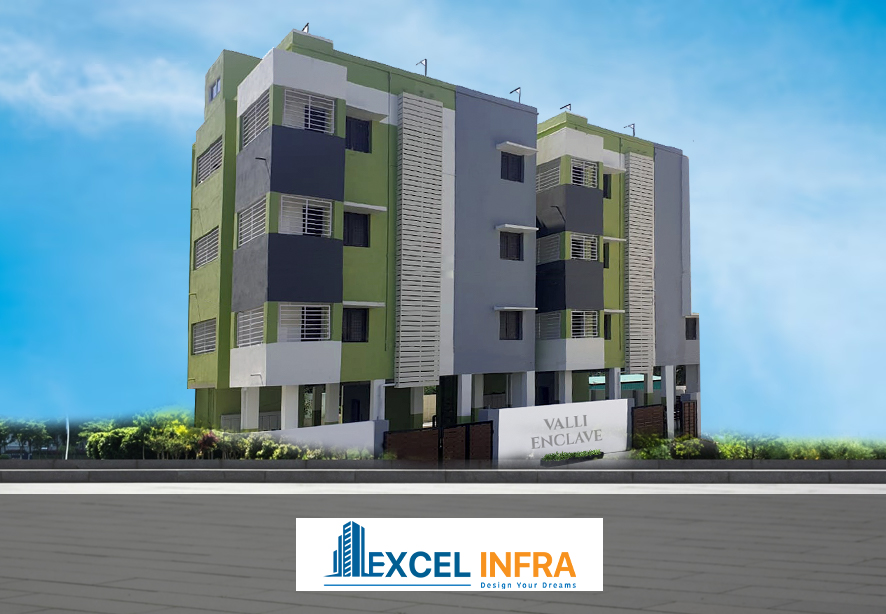New Post
As we step into our 20th year, we have much to celebrate and be proud of.💐
Excel MaritimeAIM HIGH🏹🏹 Dear Excellarians, Congratulations and many thanks to All Excellarians for the remarkable journey that has led us to where we are today. As we step into our 20th year, we have much to celebrate and be proud of.💐 Our theme for the next five years is AIM HIGH (Vision2030). This vision will guide us as we aspire to new heights and work towards our goals. Let’s prepare ourselves for the future and celebrate our 25th anniversary with a simple yet ambitious aim: EXCEL Maritime & EXCEL Group must become a respected brand in everyone's mind, especially among all our stakeholders.🤝 Thank you once again for your dedication and hard work. Let’s ensure that the rest of our journey is both meaningful and purposeful, driven by our shared commitment to AIM HIGH.✈️ Co-Passenger MMM AIM HIGH🏹🏹
Categories

Logistics
We are a Multimodal Operator providing One-Stop Solutions for a whole range of EXIM services.

Powering Tomorrow
Safety for the Environment | Availability of the Energy Source | Inexhaustibility of the Energy Source.























